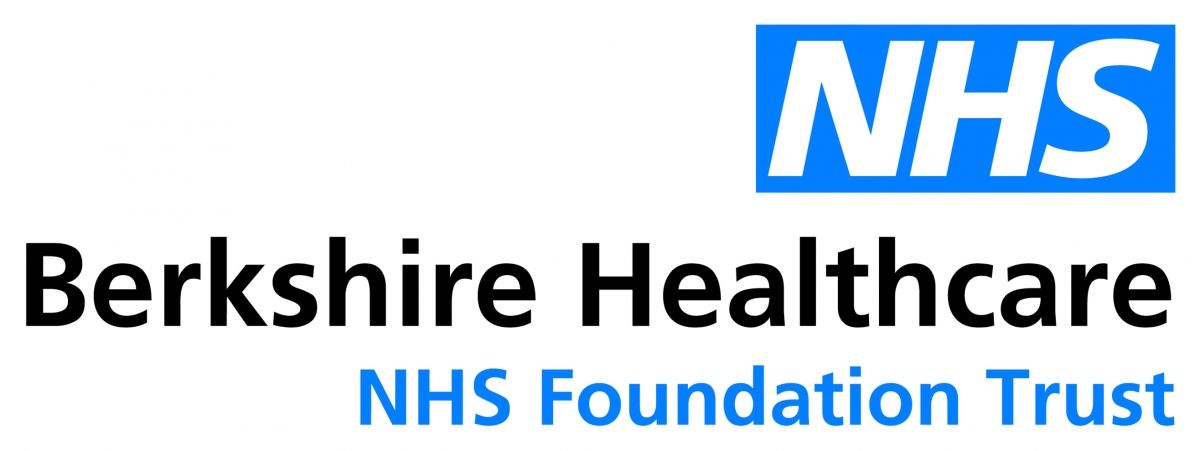Case Study for RPA in Berkshire Healthcare NHS Foundation Trust: Reducing the time to hire.
Recruitment Team
Background
Two robots were delivered to reduce or remove the requirement for routine and repetitive manual processes undertaken by recruitment administrators and recruiting managers.
The aims were:
- To reduce the time to hire period which is defined as the time from which a vacancy is advertised until all recruitment checks are completed
- To reduce the time from sending the offer letter out and completing the pre-employment checks
- Increase the satisfaction of recruiting managers (candidate satisfaction has generally always been high)
- Manage the number of applications before closing the vacancy
- Remove the repetitive manual work around moving documents to files shares such as SharePoint
- Streamlining recruitment comms and paperwork ensuring recruiting managers receive the right documentation at the right time including the automation of the Values Based Recruitment interview question to create a pack for recruiting managers
What Was The Problem
There is a challenge in recruiting the right candidate in a competitive NHS employment market and doing so within a timescale then ensures that they are less likely to withdraw from an offer made by BHFT to them due to any delay and those offered employment are able to commence at an earlier date relieving the pressures on services that have vacancies.
Previously communication was not cohesive and at times confusing or sent out at the wrong time. The recruitment pathway is complex and has a significant number of elements that are required to be met for an offer of employment to be made. In 2023 a Recruitment Scorecard was introduced that broke down every element of the recruitment process and the time it took to complete, and targets were set in relation to the areas covered by potential automations.
Prior to the robots joining the workforce:
- the time to hire period was reported on average at 55+ working days
- the completion of pre-employment checks was often more than 32-35 working days
- manager satisfaction in 40%
Significant time is taken up reminding managers and candidates to complete documentation that can delay offers made. Time to create a VBR question pack in onerous for recruiting managers taking up valuable time which is often in clinical services.
Robot Solution
After completing the training, attendees are invited to share their feedback through a Microsoft Form. This feedback plays a crucial role in enhancing the quality of our training sessions.
Upon submission, our team receives a notification and promptly sends out a certificate of attendance and completion to each trainee. The trainer receives anonymous feedback individually, which can also be combined with organised data for strategic decision-making and future training planning.
All feedback remains completely anonymous and is accessible only to the service, ensuring compliance with audit requirements. Thanks to this streamlined automation, attendees have become more engaged in providing feedback, enabling us to continuously improve our current and upcoming training sessions.
Technology
The Robot was built using the Microsoft Power Platform, this included:
- MS Forms
- Power Automate
- Power Automate Desktop
- Dataverse
- Keyvault
- Azure AVD Virtual machines
The robot operates with unattended licenses, enabling it to initiate and execute tasks autonomously without the need for human intervention. Reports concerning business exceptions are automatically forwarded directly to the respective service team, while notifications regarding system exceptions are routed to the Intelligent Automation team via email.
Microsoft BI reports provide comprehensive access to key activity metrics, including run time, the frequency of runs, tasks accomplished, and exception rates. These insights facilitate a thorough understanding of the robot's performance and allow for informed decision-making regarding optimisation and troubleshooting efforts.
Governance
Covered within its dedicated Data Protection Impact Assessment (DPIA), this process underwent scrutiny in accordance with the ISO:27001 standards and controls when transitioning into the production phase. Following that, collaborative efforts have been initiated with Berkshire Healthcare Information Governance (IG) to formulate comprehensive DPIAs that will encompass multiple automations.
This approach facilitates the inclusion of several automations under the purview of a unified DPIA. Each subsequent automation will require approval from Berkshire Healthcare Information Governance.
Delivery Time
The automation build spanned two sprints: one dedicated to Business Analytics and the other to development. This was a medium automation, delivered in just under 6 weeks.
Benefits
Recruitment staff have time freed up by the automations to do things that add value such as responding to queries and dealing with the more complex situations that require human intervention and response. They no longer have to move copious files manually across to Sharepoint.
Recruitment staff no longer have to go into TRAC and manually check each day for the number of applications that have been received so the vacancy can be closed.
Recruitment paperwork is being sent to candidates and returned more effectively and in some cases on the same working day.
Outcome
The time to hire now sits marginally over the 42 working days target at 42.2 (NHS target 42 days) representing an improvement and reduction from 55+ working days
The time for pre-employment checks now sits at 21-23 working days (BHFT target 25 days) representing an improvement and reduction from 32-35 working days
Manager satisfaction improved from 40% in March 2024 to 76% in September 2024
Lessons Learnt
A key learning from the development of this automation is the possible benefits of delivering smaller, simple automation to services that can then be replicated and delivered to multiple teams, either increasing the benefits of a single automation or significantly reducing the development time required to build automations.

